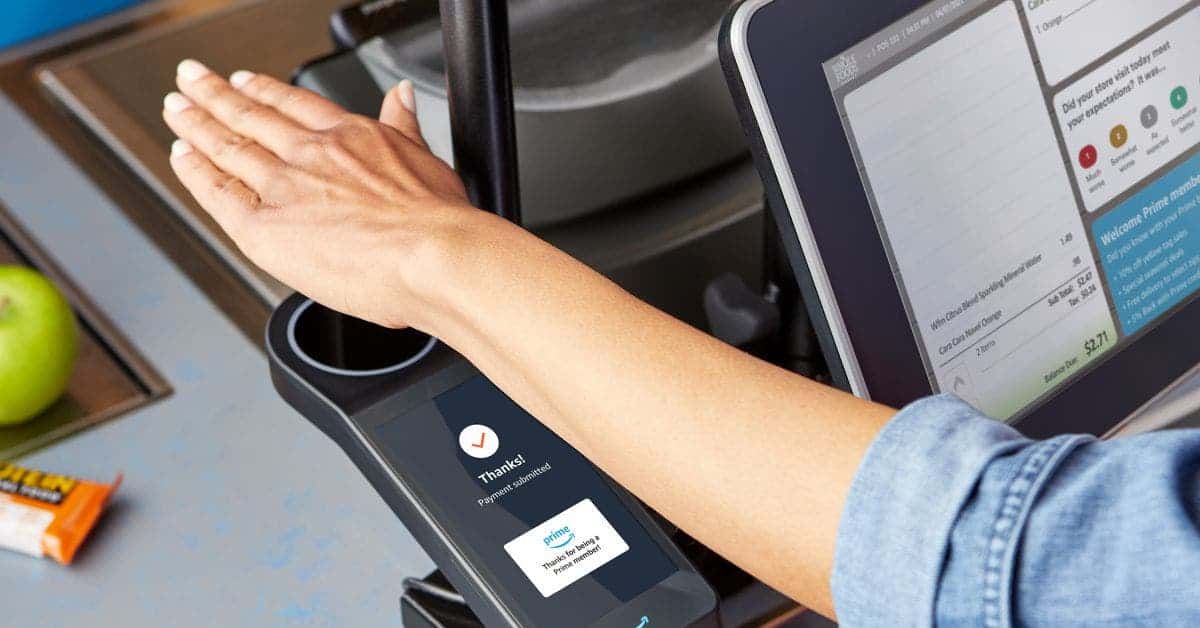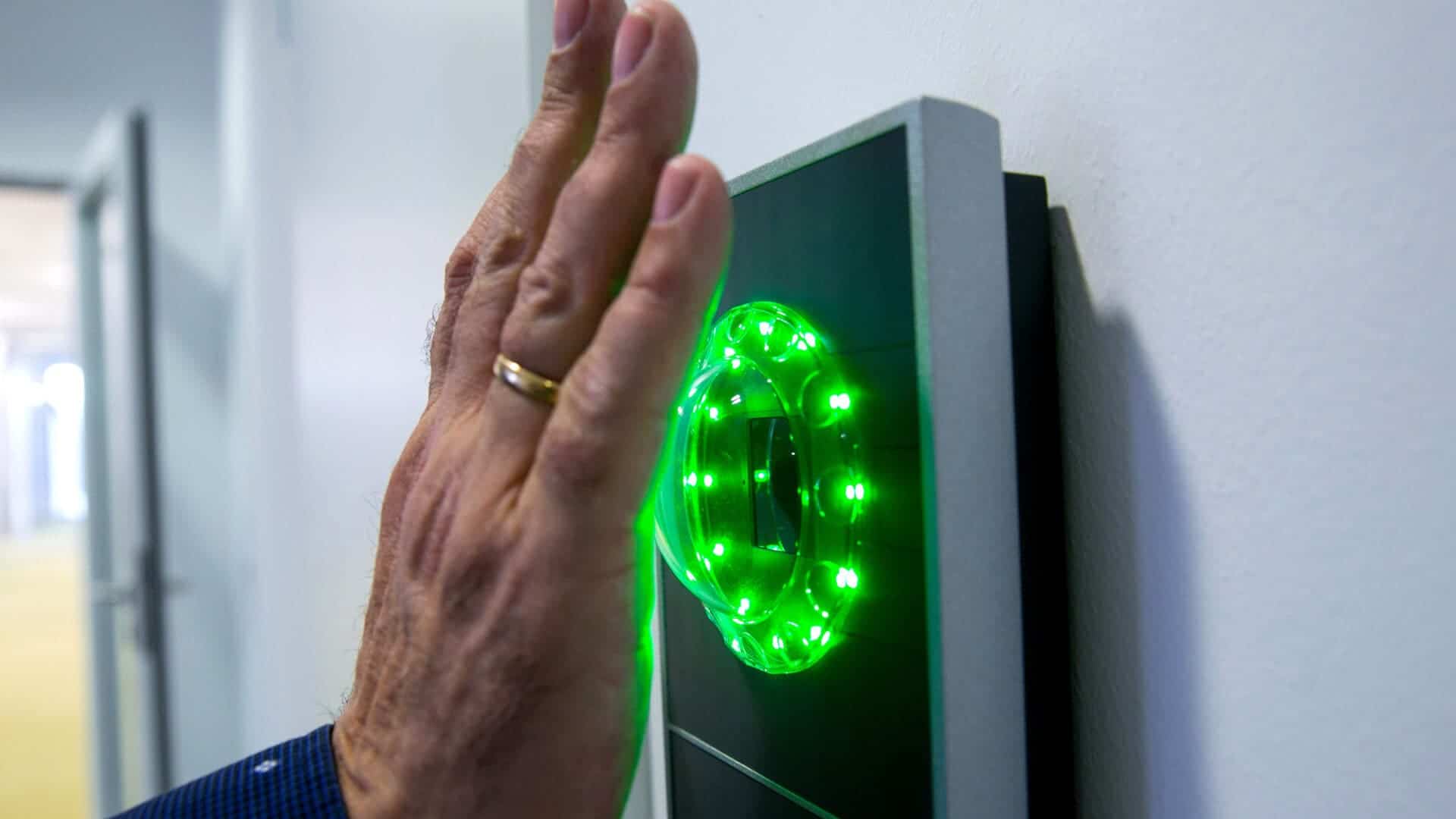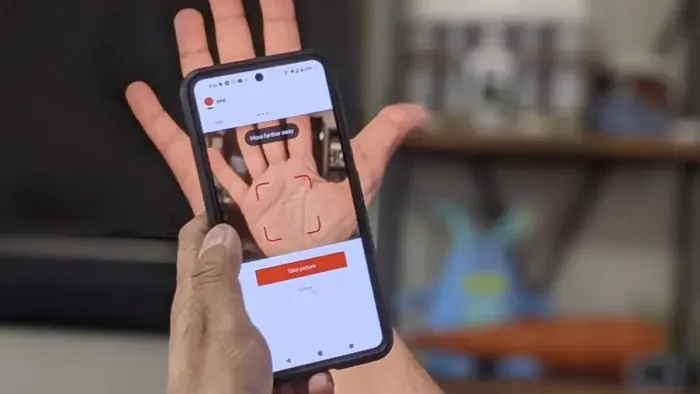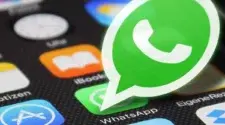Amazon has introduced a new feature that allows you to sign up for its palm recognition service directly from your phone. This service is facilitated through the launch of a new Amazon One app, available on both iOS and Android platforms. With this app, you can take a photo of your palm and set up your account, enabling you to start scanning your palm at locations that support this verification technology.
No More Palm Scanning in Physical Stored 
Before this, Amazon required users to visit physical locations to enroll in Amazon One. This service allows you to make purchases or verify your age based on the palm print linked to your Amazon account. Initially, it was available at all Whole Foods stores across the US and some Panera Bread locations. Additionally, it was accessible at over 150 stadiums, airports, fitness centers, and convenience stores.
Amazon One utilizes generative AI to analyze the vein structure of your palm, creating a “unique numerical, vector representation” that it recognizes when you scan your hand in-store. Importantly, it does not use raw palm images for identification purposes.
Gizchina News of the week
On mobile devices, Amazon states that it utilizes AI to match the photo taken from a phone’s camera to the “near-infrared imagery” captured by an Amazon One device. To use the service, you’ll need to add a payment method to the app and upload a photo of your ID if you intend to use it for age verification. Additionally, you can link loyalty programs, season passes, and gym memberships to the service.
Amazon Palm Scanning Technology Security

While the technology has sparked privacy concerns, Amazon assures users that palm and vein images are “immediately encrypted” and transmitted to a “highly secure zone” in the AWS Cloud, which the company had designed for Amazon One. In this secure environment, Amazon creates your palm signature.
Amazon also mentions that the new app “incorporates additional layers of spoof detection.” Furthermore, it emphasizes that users cannot save or download the palm images to their phones. Despite these assurances, some users, myself included, may still hesitate to provide their palm prints for the sake of convenience. Unlike a password, you cannot change your palm print if it undergoes any physical changes.





